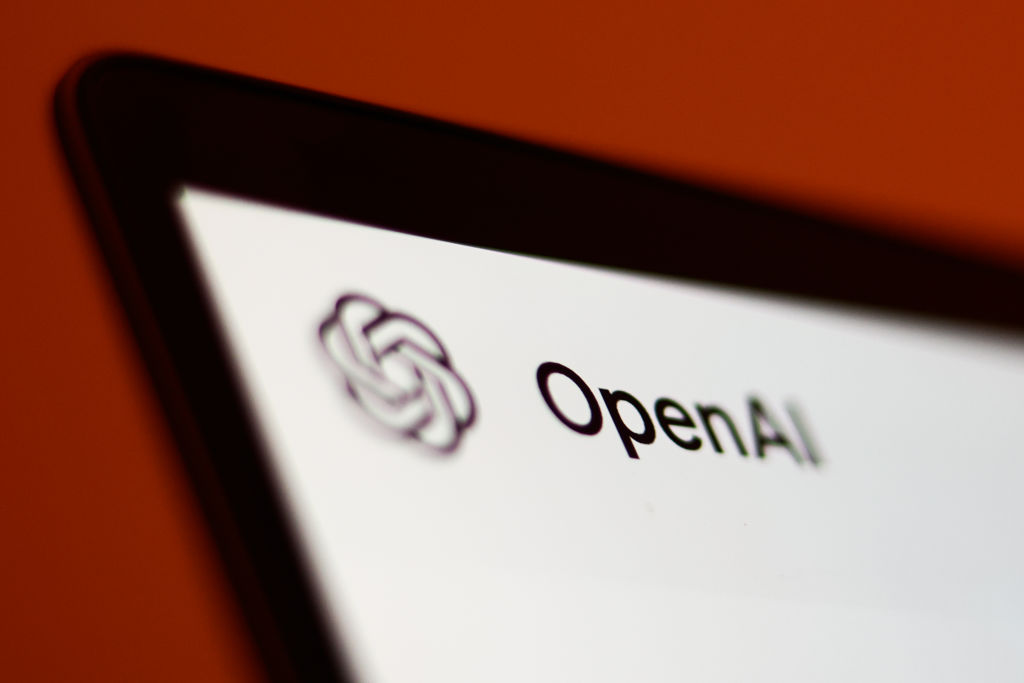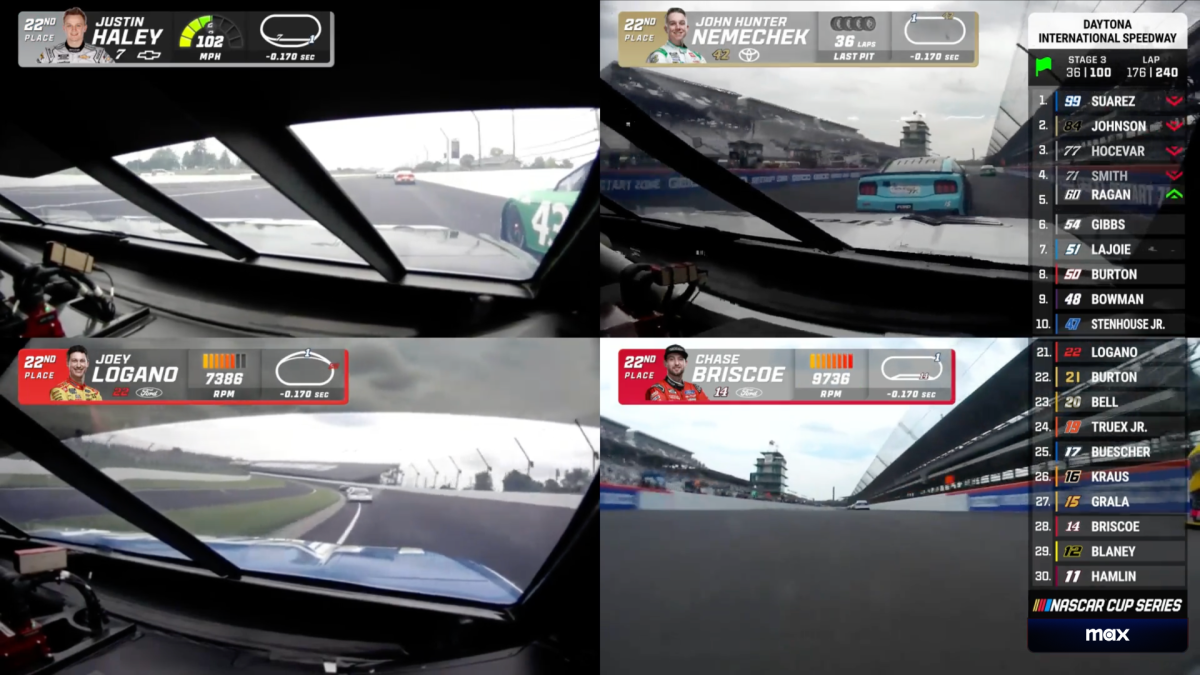OpenAI Introduces Updated Chain of Thought for o3-mini AI Model
In response to pressure from rivals, including Chinese AI company DeepSeek, OpenAI is changing the way its newest AI model, o3-mini, communicates its step-by-step "thought" process.
New Features and Improvements
On Thursday, OpenAI announced that free and paid users of ChatGPT, the company’s AI-powered chatbot platform, will see an updated "chain of thought" that shows more of the model’s "reasoning" steps and how it arrived at answers to questions. Subscribers to premium ChatGPT plans who use o3-mini in the "high reasoning" configuration will also see this updated readout, according to OpenAI.
"We’re introducing an updated [chain of thought] for o3-mini designed to make it easier for people to understand how the model thinks," an OpenAI spokesperson told TechCrunch via email. "With this update, you will be able to follow the model’s reasoning, giving you more clarity and confidence in its responses."
Reasoning Models and Their Benefits
Reasoning models like o3-mini thoroughly fact-check themselves before giving out results, which helps them avoid some of the pitfalls that normally trip up models. The trade-off is that reasoning models take a little longer to arrive at solutions — typically seconds to minutes longer.
Comparison with DeepSeek’s R1 Model
DeepSeek’s R1 model, a "reasoning" model along the lines of o3-mini, reveals its full thought process, which many AI researchers argue is the preferred approach. In addition to making the model easier to study, the reasoning steps deliver a better user experience in certain situations, helping indicate when the model might be on the right — or wrong — track.
OpenAI’s Decision to Show Full Reasoning Steps
OpenAI had opted not to show the full reasoning steps for o3-mini and its predecessors, o1 and o1-mini, in part due to competitive reasons. Instead, users only saw summaries of the reasoning steps — summaries that were at times erroneous.
Update and Future Plans
OpenAI still isn’t showing o3-mini’s full reasoning steps, but the company said it "found a balance": o3-mini can "think freely" and then organize its "thoughts" into more detailed summaries. To improve clarity and safety, OpenAI has added an additional post-processing step where the model reviews the raw chain of thought, removing any unsafe content, and then simplifies any complex ideas.
In a Reddit AMA last week, Kevin Weil, OpenAI’s chief product officer, hinted that the change was coming. "We’re working on showing a bunch more than we show today — [showing the model thought process] will be very, very soon," he said. "TBD on all — showing all chain of thought leads to competitive distillation, but we also know people (at least power users) want it, so we’ll find the right way to balance it."
Conclusion
OpenAI’s decision to introduce an updated chain of thought for o3-mini is a significant step towards making its AI model more transparent and user-friendly. While the company still hasn’t shown the full reasoning steps, the updated readout provides a better understanding of the model’s thought process and helps users make more informed decisions.
TechCrunch has an AI-focused newsletter! Sign up here to get it in your inbox every Wednesday.
Source Link





